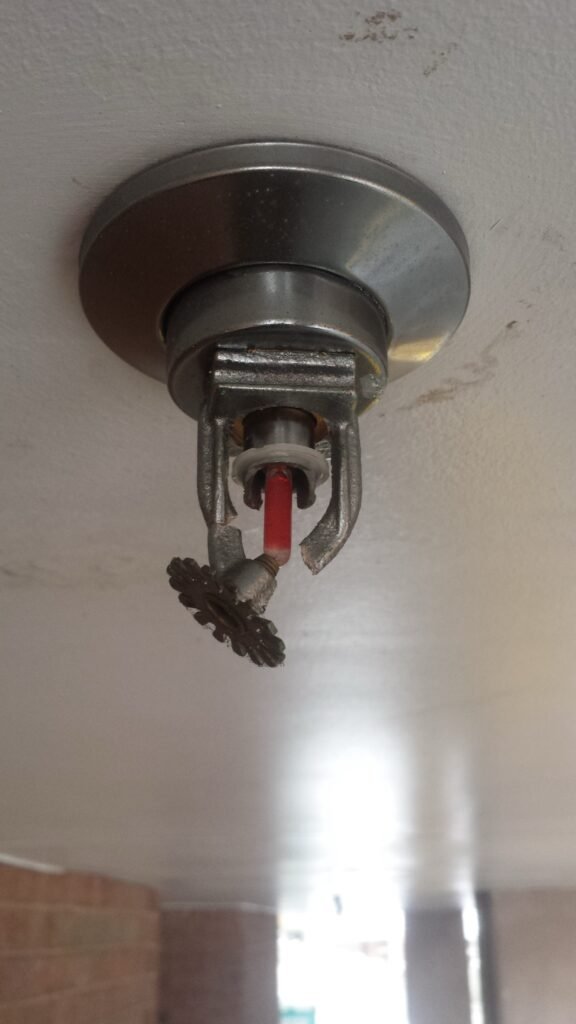Maintaining Dry-Pipe Systems: Operating Drum Drip Assemblies
In dry-pipe sprinkler systems, where freezing is a concern, drum drip assemblies play a pivotal role in preventing the accumulation of water in low points, thereby safeguarding against freezing temperatures. Unlike wet systems with antifreeze solutions, dry systems utilize a different approach for drum drip assembly maintenance. Here’s a step-by-step guide based on NFPA 25 (2020) for operating drum drip assemblies in dry-pipe systems:
1. Understanding Drum Drip Assemblies in Dry Systems
Drum drip assemblies in dry-pipe systems are designed to help release any water that may accumulate in low points following a system operation. These assemblies usually consist of a 1-inch full port ball valve or a globe valve. The full port ball valve is preferred due to its ability to clear out most blockages that may occur in a dry system.
2. Daily Operational Maintenance After System Activation
Step 1: Close Top Valve: Close the top valve of the drum drip assembly and ensure the valve is tightly closed.
Step 2: Open Bottom Valve: Open the bottom valve to release any water that may have accumulated in the barrel of the assembly. This step helps prevent freezing.
Step 3: Check for Water Release: Monitor for water release during the operational maintenance of the drum drip assemblies.
Step 4: Close Bottom Valve: Once water has been released, close the bottom valve.
Step 5: Reopen Top Valve Slowly: Slowly reopen the top valve to reset the assembly for future use.
Repeat these steps daily until little to no water is found during these checks.
3. Transition to Regular Checks
After observing minimal water release during daily checks, transition to a less frequent maintenance schedule:
Weekly Checks: Conduct weekly checks of the drum drip assemblies, ensuring minimal water release during operational maintenance.
Monthly Checks: Once the assemblies consistently show little to no water release during weekly checks, shift to a monthly maintenance schedule.
4. Professional Guidance
For on-site training or professional services, consider reaching out to Eastern Fire Protection for expert assistance.
5. Conclusion
Regular and proper maintenance of drum drip assemblies in dry-pipe systems is vital for their effective operation, especially in preventing freezing-related issues. By incorporating these steps into your maintenance routine, you contribute to the reliability and longevity of your dry-pipe sprinkler system.
Remember, this information serves as a summary, and consulting with your fire protection professionals is essential for accurate and updated guidance. We here at Eastern Fire Protection Services can help you with any questions you may have. You can reach out at any time to 301-261-0240 and talk to us about your concerns or questions.
Stay proactive, stay secure!

